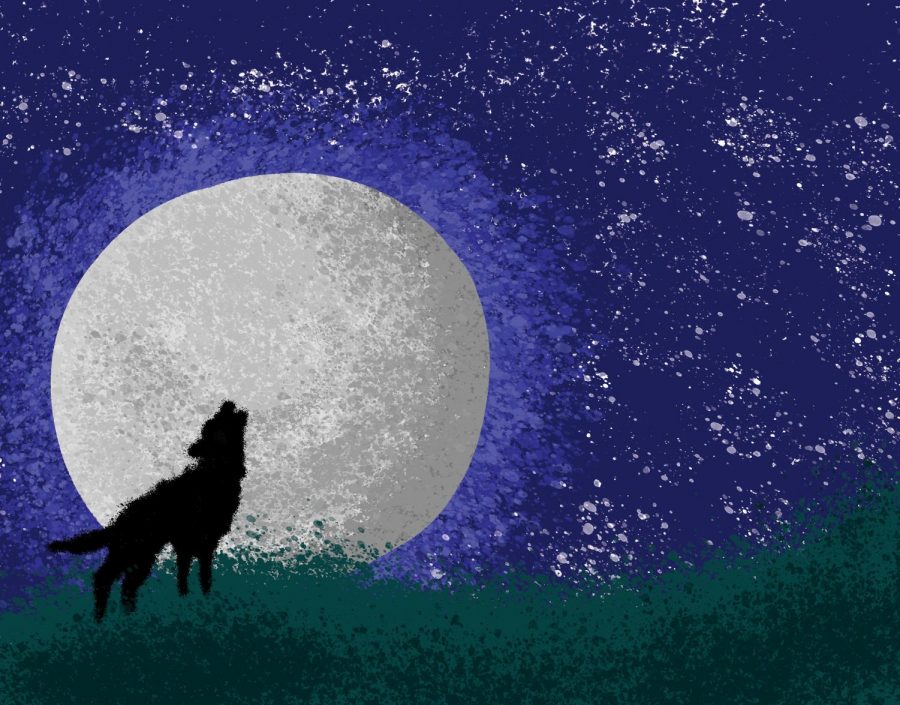Lethal removal of wolves is necessary
June 3, 2020
Lethal means of removing wolves from areas in Washington where they are a problem are justified because they save livestock and wolf population numbers increase regardless of the amount killed. Some conservation groups want to stop the killing of wolves in the state but fail to realize the negative impact the animals have on the environment.
Since 2012, state officials have only killed 31 wolves in Washington, and the number of wolves has been steadily rising despite this. A report done by the state indicates there were at least 145 wolves here at the end of 2019 compared to 126 wolves at the end of 2018. If you look at the numbers from the years prior to 2018, it can be seen that similar trends exist. In just the past year, there was an 11% growth in wolf counts.
As wolf packs become more widespread and strong in numbers, the amount of incidents with ranchers and livestock will go up. Washington Department of Fish and Wildlife (WDFW) investigators found that 14 cattle were killed by wolves last year, and another 11 cattle were confirmed to have been injured by wolves. It was also discovered that four different packs were involved in at least one confirmed livestock death.
The work the WDFW is doing to keep wolves in check right now has helped keep the balance, and conservation groups need to see why a wilderness run by wolves is not a healthy one.
I have witnessed firsthand the impact of an unchecked wolf takeover. In 2018, I travelled to British Columbia for a week-long backcountry elk hunt. During the hunt, we travelled over 20 miles a day on horseback with local guides in search of elk herds. We encountered only one herd in a week’s time, but what we did see and hear on a daily basis were wolf packs and evidence of the damage they can do.
Elk carcasses and wolves were a common sighting, and the behavior of the elk in relation to howls in the distance was a tell-tale sign that they feared the wolves. The guide service that took us on the hunt has since stopped all hunting operations due to the lack of elk in the area. They say it’s directly related to wolves.
Cattle deaths make the news and are a good indicator of the problems wolves cause, but the destruction wolves cause deep in the woods, where people don’t see them, adds to those problems.
Conservationists are concerned with the lives of wolves and it gives them tunnel vision when it comes to their views on the state lethally removing them. They focus on human impact, and they don’t see how the animals they want to protect are destroying the other creatures around them.
Some groups want the wildlife commission to require livestock producers to use non-lethal deterrence methods for wolves. Their hopes for these methods are that they will prevent conflict between the predators and livestock. While this may help ranchers some, it does not address the issue that less wolves would be removed. If they weren’t, domestic animals would continue to be killed and wild animals would disappear from the backcountry, just like the elk did in British Columbia. Ranches and native animals alike would be ravaged.
To those who have not picked a side on the issue, consider the damage wolves are capable of doing. Don’t fall for what these conservation groups are saying. Tell the state that lethally removing wolves is the right thing to do.



